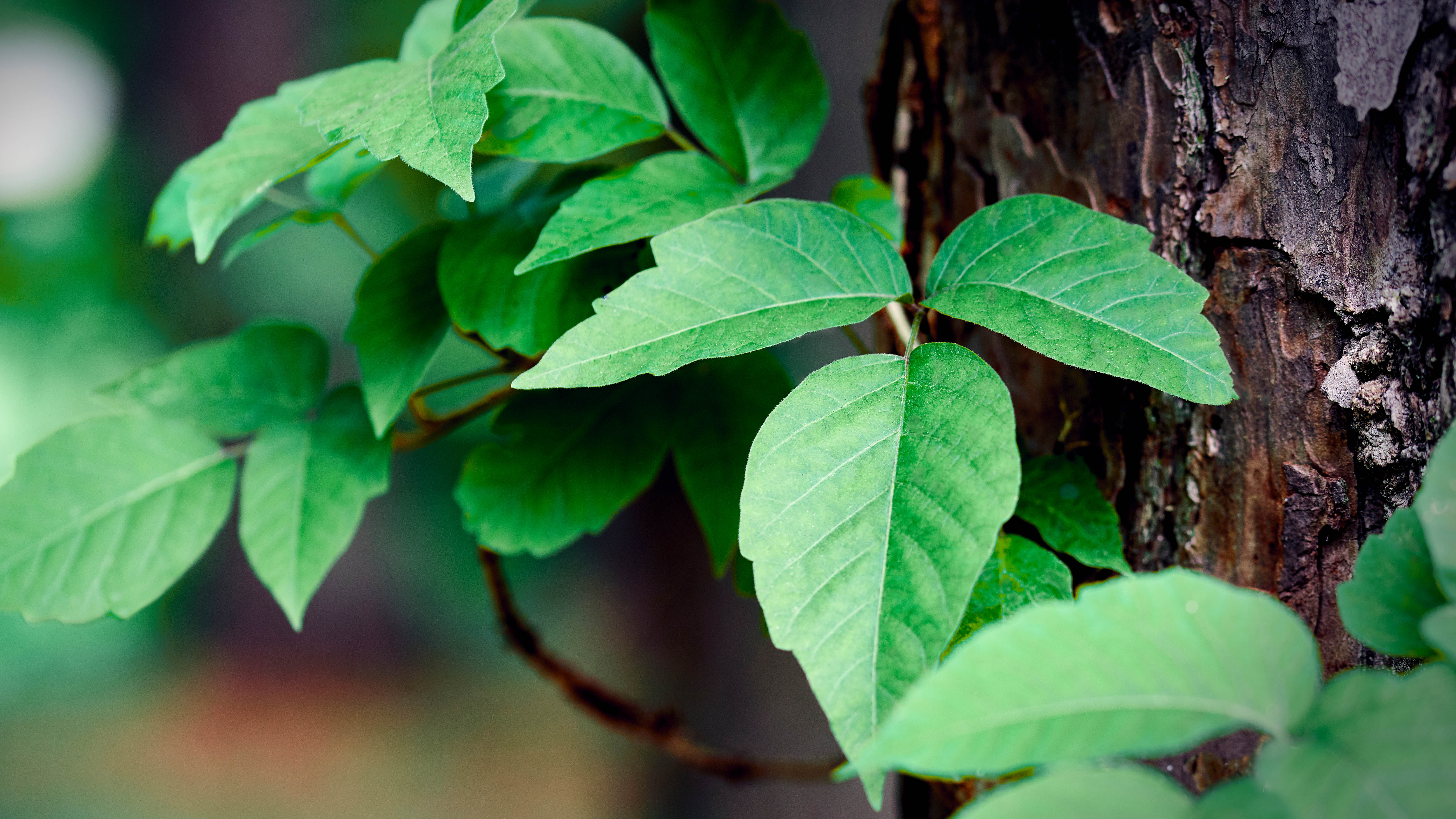
You want to know how to get rid of poison ivy because unlike other nuisance plants like dandelion and crabgrass, it causes more harm to you than to your yard. “Poison ivy is a common and troublesome weed that can cause an itchy and painful rash if you come into contact with its leaves, stems or roots,” warns Christopher S. Raimondi, CEO/president at Raimondi Horticultural Group in Ho-Ho-Kus, NJ.
“The plant contains a resin called urushiol, which triggers an allergic reaction in most people,” he says. And the itching can make you miserable and disrupt your life. In addition, there’s the potential for it to spread or become infected.
“Poison ivy can grow as a vine, a shrub, or a ground cover, and it can invade your lawn, garden or landscape,” Raimondi adds.
Nashville, TN-based Gene Caballero is the cofounder of GreenPal. Having spent 25 years in the landscaping industry, he tells us that he’s had his fair share of battles with poison ivy - including a few trips to the ER.
Both Caballero and Raimondi provide several options for getting rid of poison ivy so you can find the one that works best in your yard.
1. Manually remove it
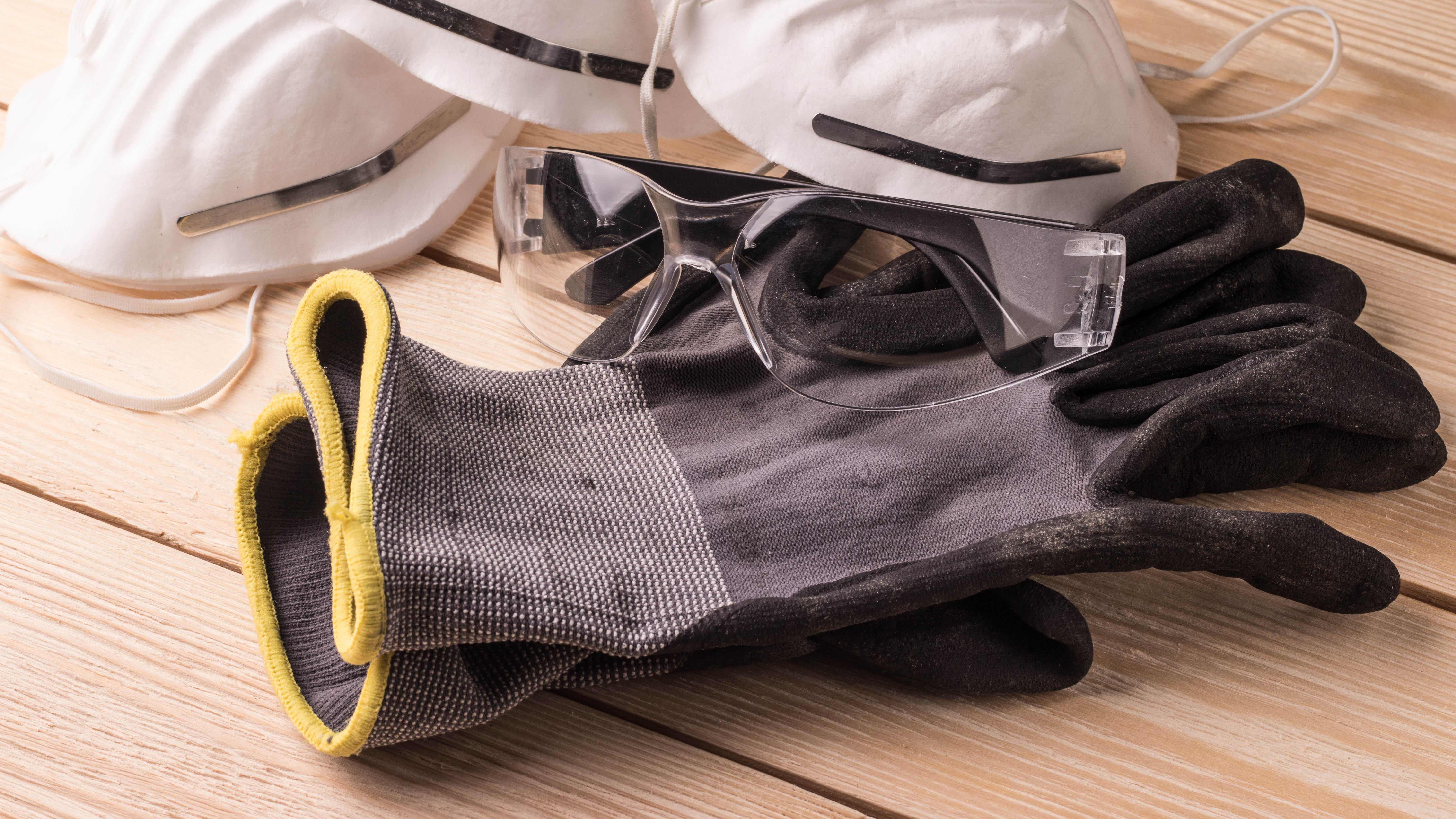
If you’re brave enough to do so, Caballero says you can physically uproot the poison ivy by hand – and this method ensures it will be completely removed. “While it avoids the use of chemicals, it can be time-consuming, and requires utmost care to avoid contact with the plant's oils, which can cause skin irritation,” he says.
Raimondi agrees that it’s the most effective way to kill poison ivy and also the one that requires the most caution. He recommends wearing protective clothing, gloves, and eye protection, and making sure your bare skin doesn’t touch any part of the plant.
“You also need to dispose of the plant carefully, as it can still cause a rash even when dead.” So, how does this work? Raimondi advises using a shovel or a trowel to dig out a circle of soil around the base of the plant. Then lift the entire root system out of the ground. And if you see any regrowth, repeat this process.
2. Use herbicides
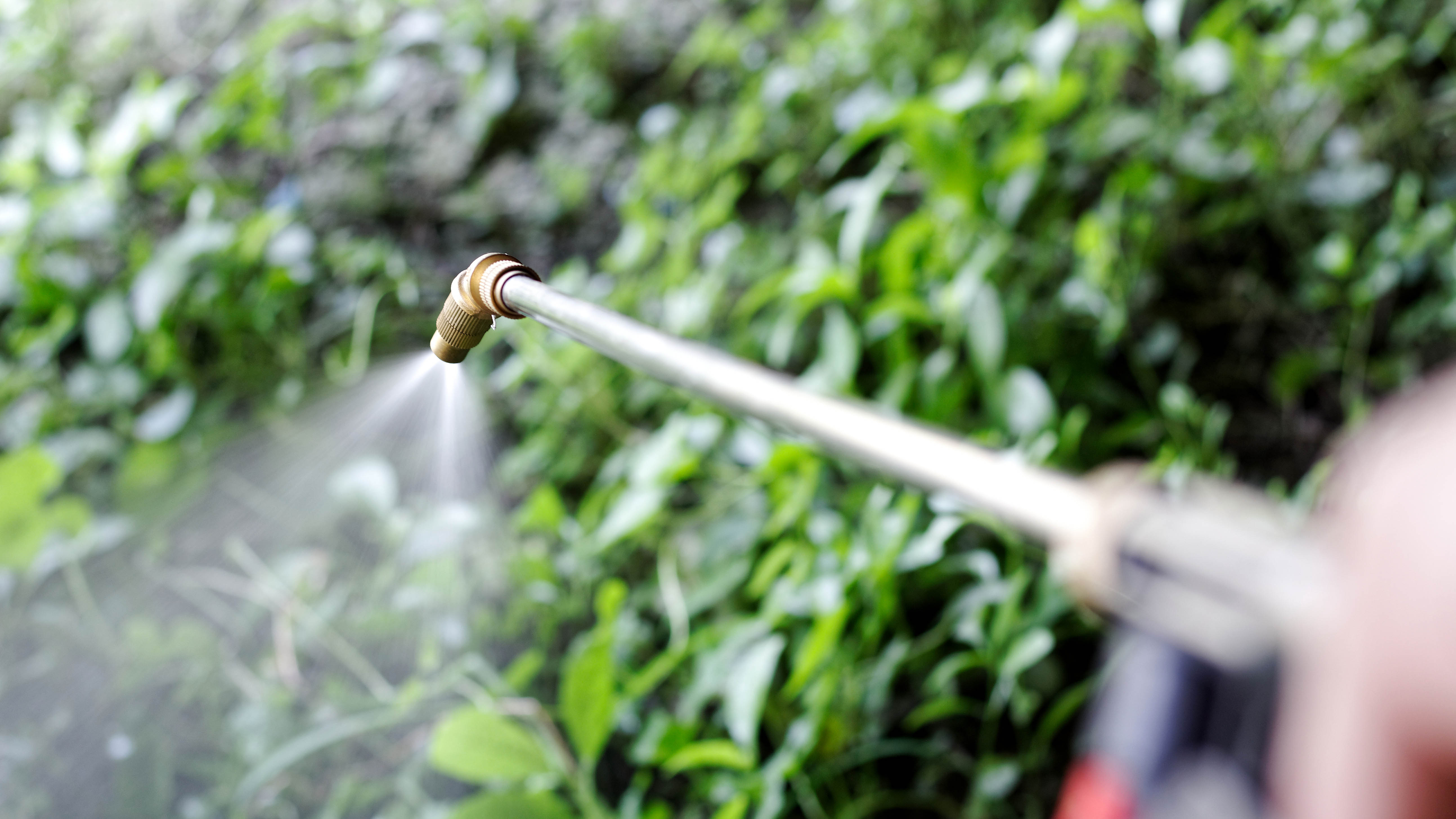
Using a herbicide is the easiest way to remove poison ivy. While Caballero says it’s effective, he also notes that you have to carefully apply it directly to the leaves so you can minimize harm to other surrounding vegetation, animals, and even yourself. Also, since it’s a strong concoction, you’ll need to follow the instructions to ensure you’re applying it safely and effectively.
Also, you can’t just grab any herbicide and start spraying. Raimondi says it needs to be specifically designed for poison ivy (like glyphosate or triclopyr). “Wear protective clothing, gloves and eye protection, and avoid spraying on windy days or near water sources,” he advises. Even though you’re making sure it doesn’t spread to any surrounding vegetation, you do need to cover all of the plant (leaves and stems).
“The herbicide will be absorbed by the plant and kill it from within, but you may need to reapply the herbicide after a few weeks if there is any regrowth,” Raimondi advises.
3. Smother it
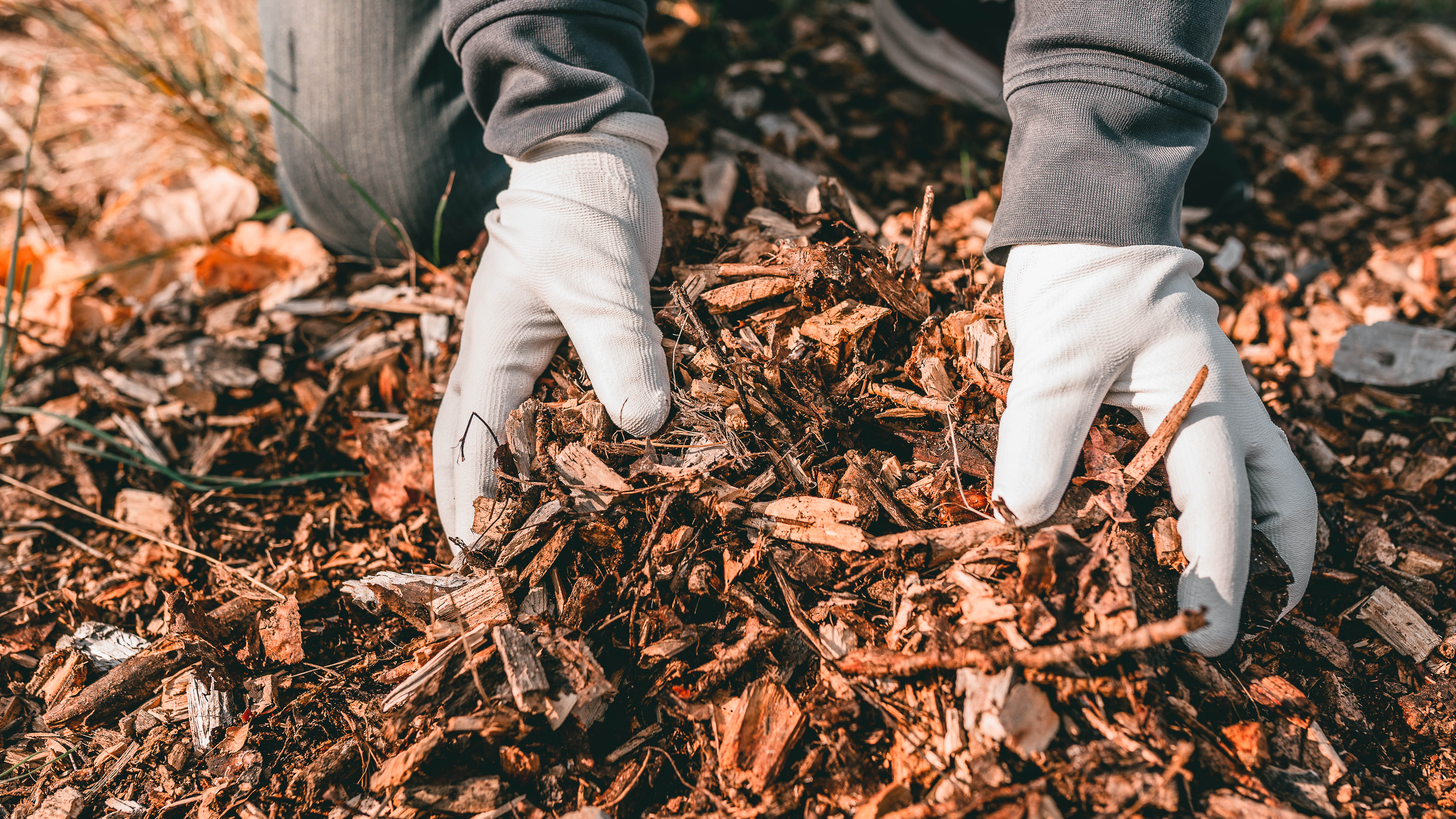
If you’re the patient type, consider smothering the poison ivy. If you cover it with a thick layer of mulch or using a tarp, Caballero says you can deprive the plant of sunlight and suffocate it. “Although this method is environmentally friendly, it can be time-intensive and requires monitoring and persistence to prevent reemergence,” he says.
So, how much time are we talking about? According to Raimondi, it might take several months or even years to work. As alternatives to using mulch or tarp, he says you could also use a thick layer of cardboard, plastic, or rubber. “Secure it with rocks or bricks, making sure there are no gaps or holes where the plant can escape; periodically check for any signs of life, and if needed, add more material.”
4. Use boiling water
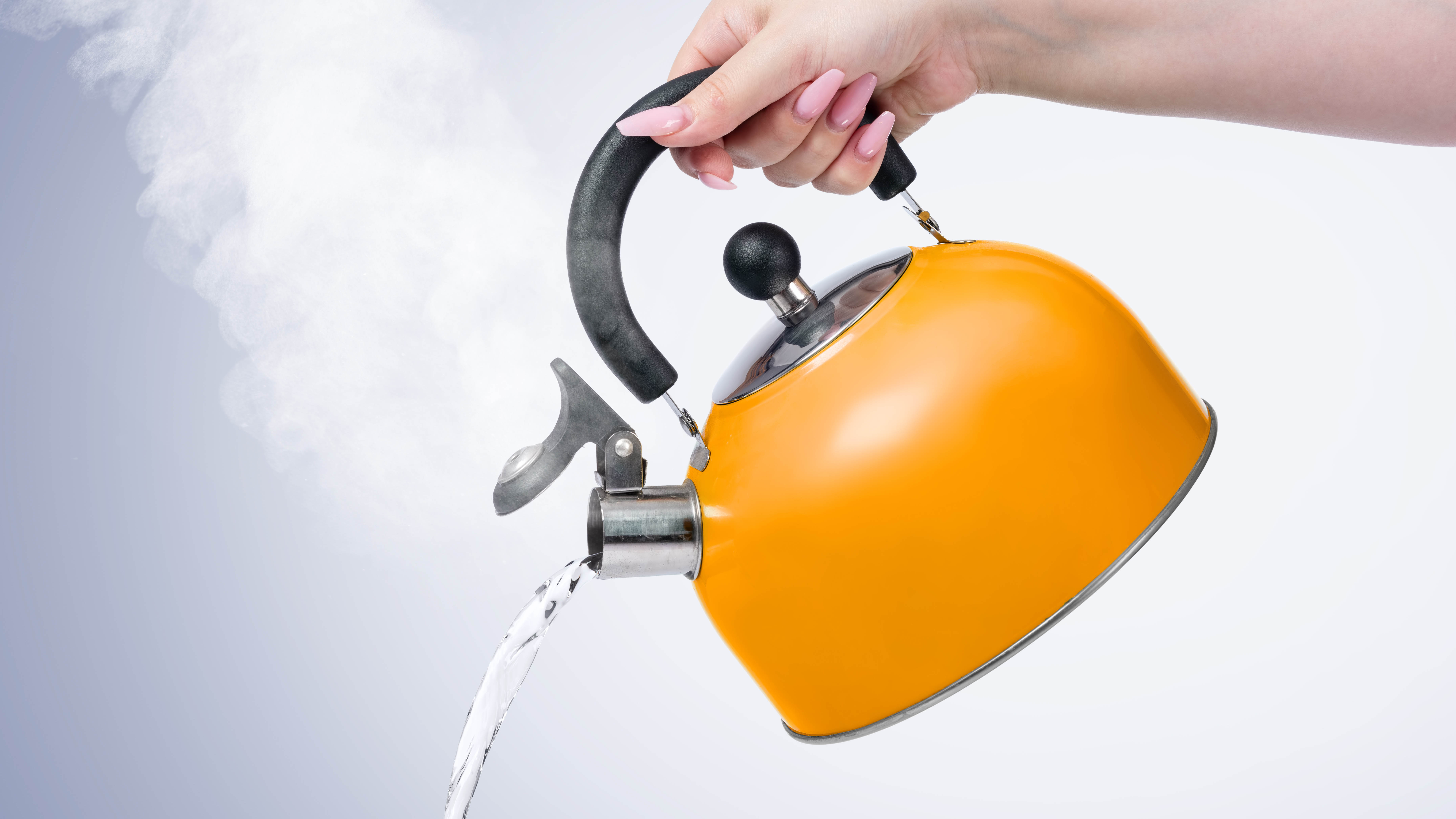
One of the most inexpensive ways to destroy poison ivy (that doesn’t require much effort, either) is to use boiling water - but keep in mind that in the process, you may also damage nearby plants.
“You need to boil a large pot of water and pour it carefully over the poison ivy, making sure to cover all parts of the plant,” Raimondi says. It will definitely scald and kill the plant, but he says it may not reach the roots deep underground. “You may need to repeat this method several times until the plant is completely gone.”
We usually wouldn’t recommend using boiling water to kill plants. In fact, we see it as one of the 7 mistakes you’re making when pulling weeds. This is because you can easily burn yourself in the process. However, if you do decide to follow this method, make sure you use one of the best electric kettles so you can control the flow of the boiling water.
5. Use vinegar, salt and water
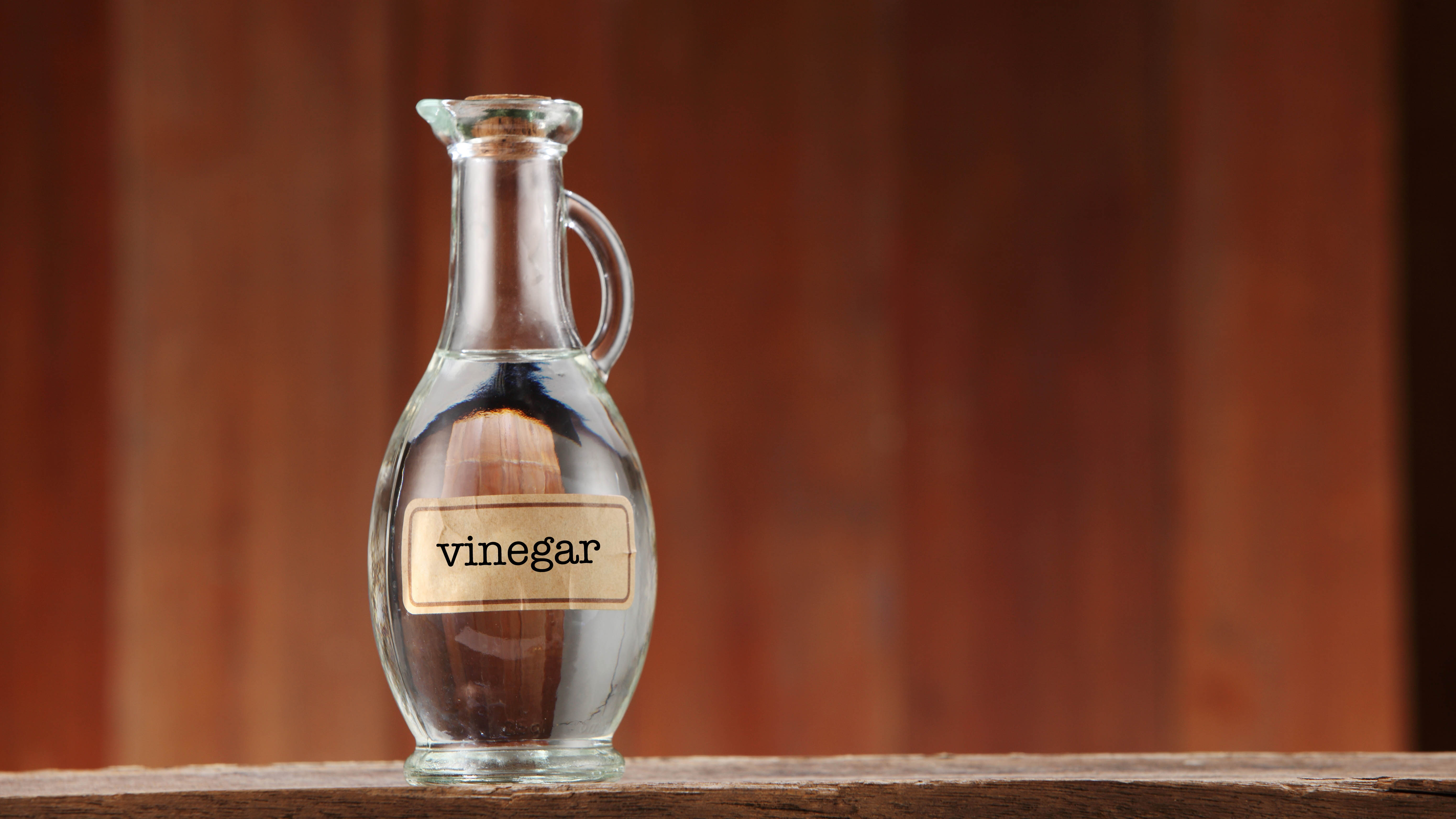
Another method for killing poison ivy is to use a mixture of vinegar, salt, and water. It’s a natural remedy, and is also eco-friendly, but may not work on large poison ivy plants or those that are very mature.
“You need to mix one gallon of white vinegar with one cup of salt, and one tablespoon of dish soap in a spray bottle,” Raimondi says. Shake the ingredients until they’re mixed well and generously spray the solution over the poison ivy, making sure that you coat all parts of the plant.
“The vinegar will lower the pH of the soil and make it inhospitable for the plant, while the salt will dehydrate it, and the soap will help the solution stick to the leaves.” Raimondi says you may need to apply this solution several times until the plant dies.
Get professional assistance
If all else fails, call in the pros – but this may be the most expensive choice. “Hiring experienced landscapers who specialize in poison ivy removal can ensure effective eradication, since they possess the knowledge, expertise, and equipment necessary to handle the task efficiently,” says Caballero.
Safety is key
When you’re coming into contact with poison ivy, make sure you’re taking safety precautions. “Wear protective clothing, gloves, and eyewear, and promptly wash any exposed skin and equipment,” advises Caballero. And if symptoms of an allergic reaction occur, he says you should seek medical attention.
Otherwise, if you develop a rash, Mayo Clinic recommends using an over-the-counter cortisone cream or ointment (like Cortizone 10), calamine lotions or creams that contain menthol, and oral antihistamines (like Benadryl) to sleep better. If you prefer a non-drowsy option, Claritin, Alavert, and similar products are available.
Also, several times a day, put a wet, cool compress on the area for 15 to 30 minutes at a time, and/or soak that area in a bath (cool water) that includes ½ cup of baking soda or a soothing oatmeal-based bath treatment like Aveeno.







